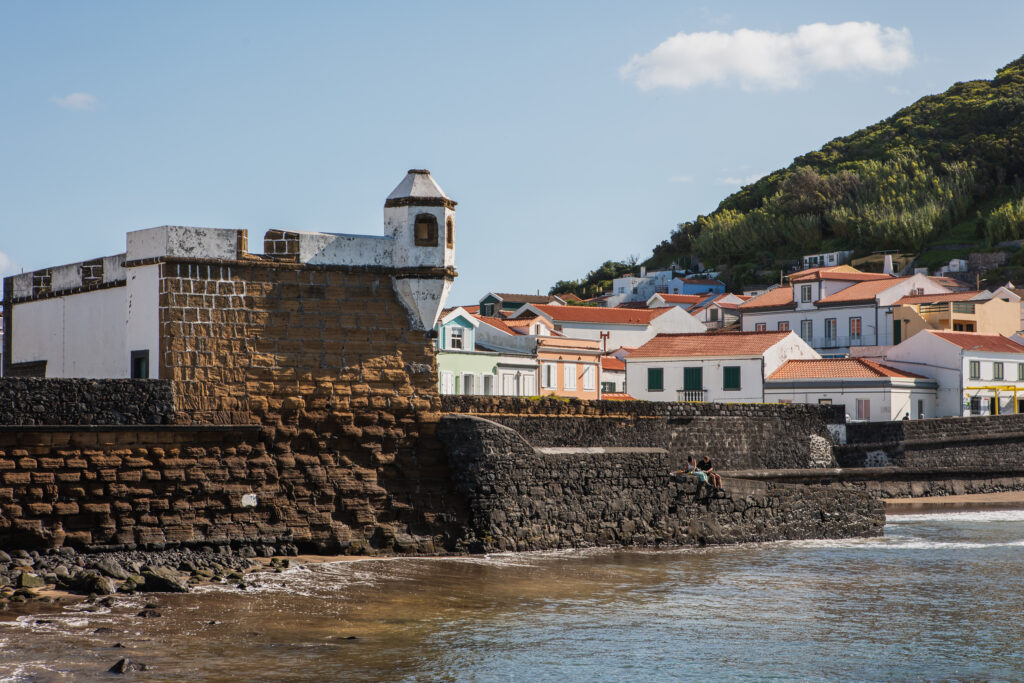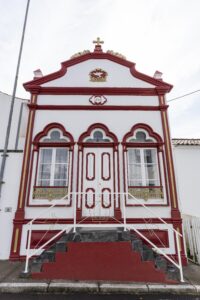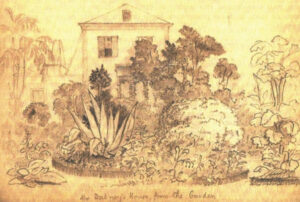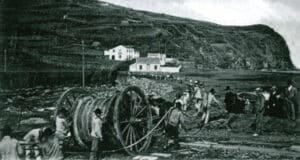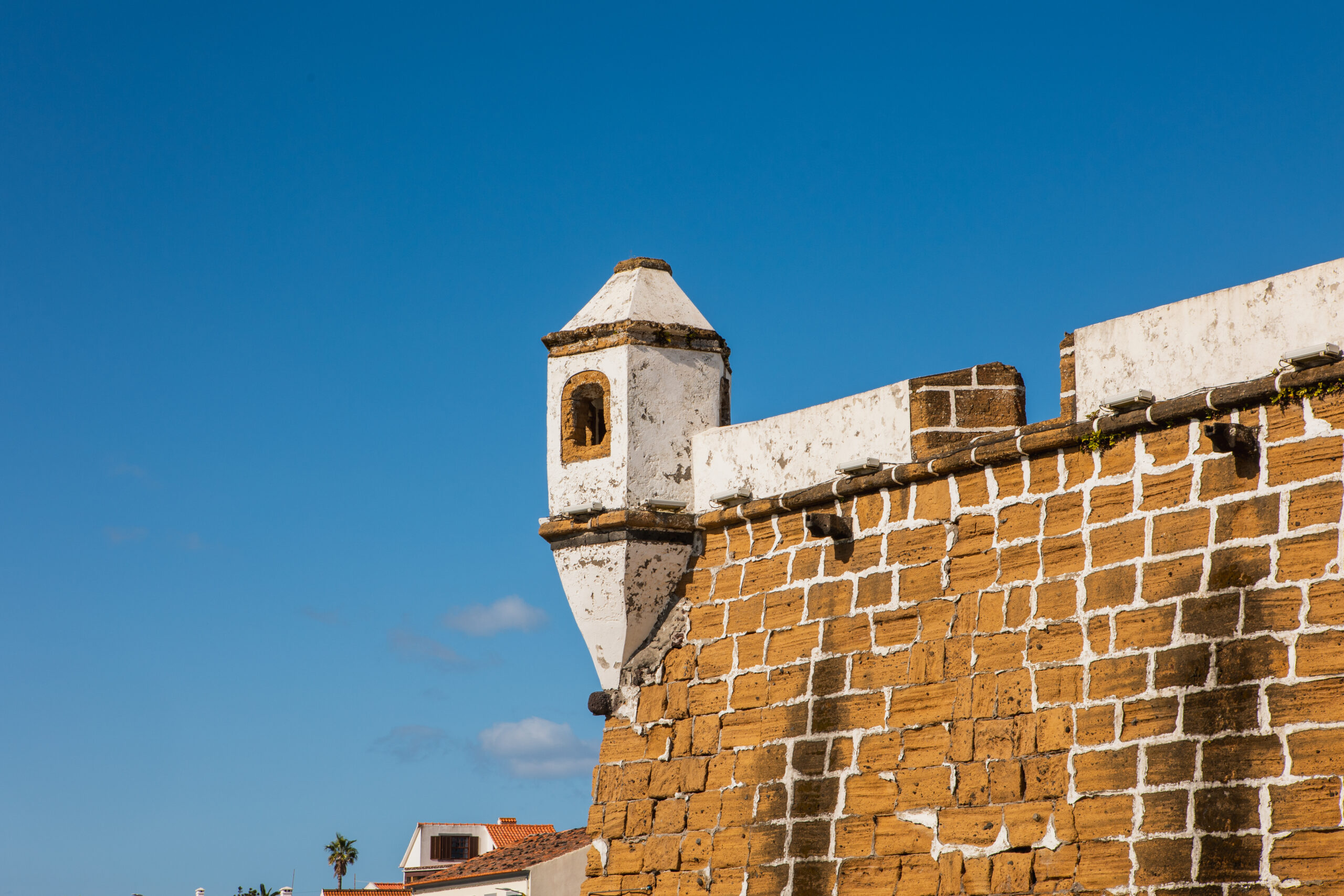
Ships in sight, new tales on the tide!
In 1567, during the regency of the Cardinal Dom Henrique, the fortification of Faial was decisively boosted when the Italian military architect Tommaso Benedetto designed the island’s defensive plan. However, it was from 1570 to 1583 that this was particularly encouraged, with the purpose of defending Faial from potential Spanish invasions
- Horta
- 1 day
- Recommended months to visit January - December
- Locations visible from outside and some locations subject to opening hours
- Low difficulty level
Historical context
The Port of Horta, initially located in Porto Pim Bay and later in Horta Bay, stands out as an exceptional shelter due to its natural features and strategic position on transatlantic routes. Initially driven by the export of woad, it gained importance as a stopover for ships from the Americas after the decline of the Cape route and the port of Angra.
Fortification measures were implemented from the 1560s-70s, under the influence of military architect Tommaso Benedetto, but they failed to prevent invasions and raids that significantly affected Faial’s heritage.
In this itinerary you will find marks and traces of the experiences of the 16th and 17th centuries
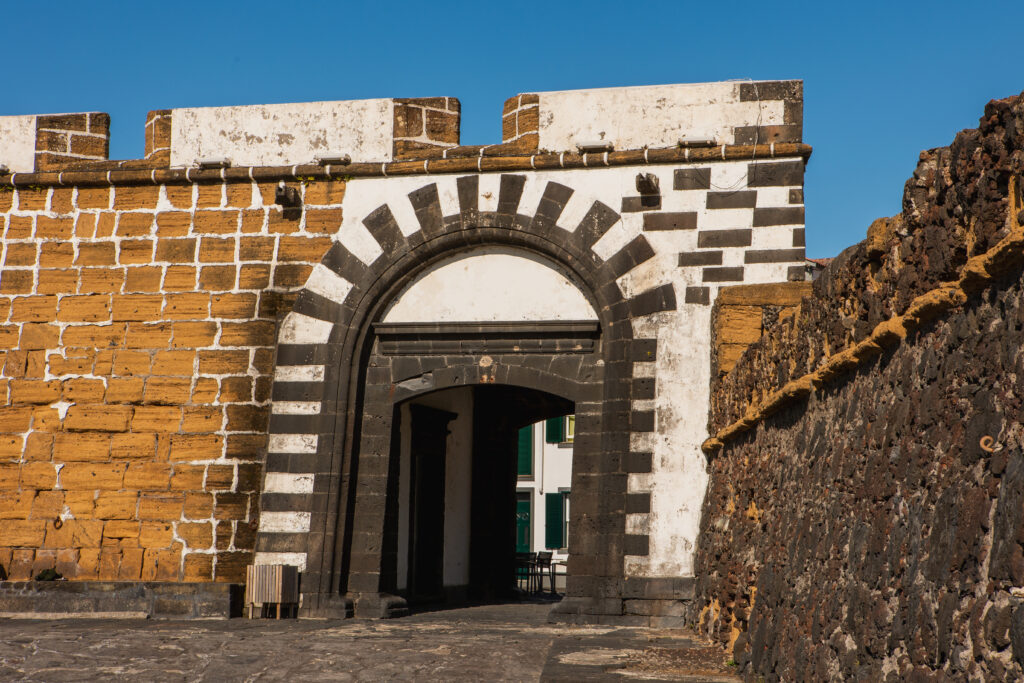
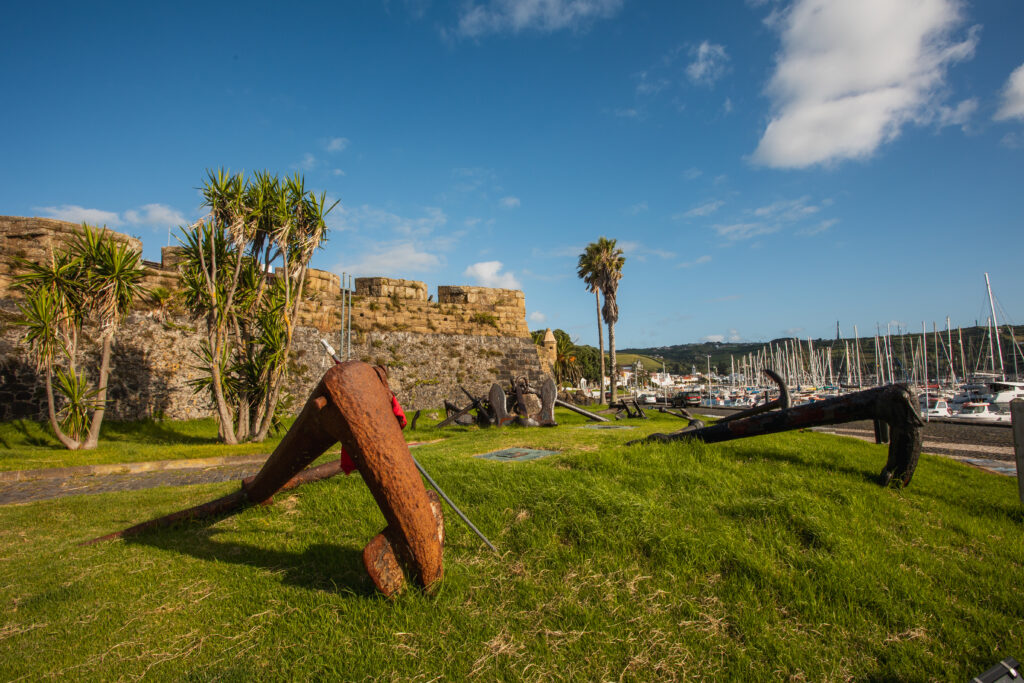
Fort of Santa Cruz
Designed by Tomasso Benedetto in 1567, the Fort of Santa Cruz stood as the only defensive structure with notable architectural significance in Horta Bay at the end of the 16th century. Nevertheless, its action was limited. It was only later, with the erection of the Fort of Alagoa and its connective wall, followed by the construction of the Forte Novo or Castelo Novo, with which it crossed fire, that it gained more effective defensive capability.
The combined action of all these structures repelled and prevented English privateers from seizing a ship from Cape Verde that was anchored there in 1587.
Horta Bay
Horta Bay was stage for violent attacks by pirates and privateers, who, besides capturing anchored ships, also invaded and pillaged
Horta. Two episodes occurred in 1589 and 1597, ordered by two English privateers: The first was George Clifford, 3rd Earl of
Cumberland, and the second was Walter Raleigh, who, under the command of Robert Devereux, the 2nd Earl of Essex, not only
pillaged Horta but also ordered the churches in town and the surrounding ones to be set ablaze.
Also visit the Museum of Sacred Art, where you will find contemporary silver pieces to the voyages of the India Run
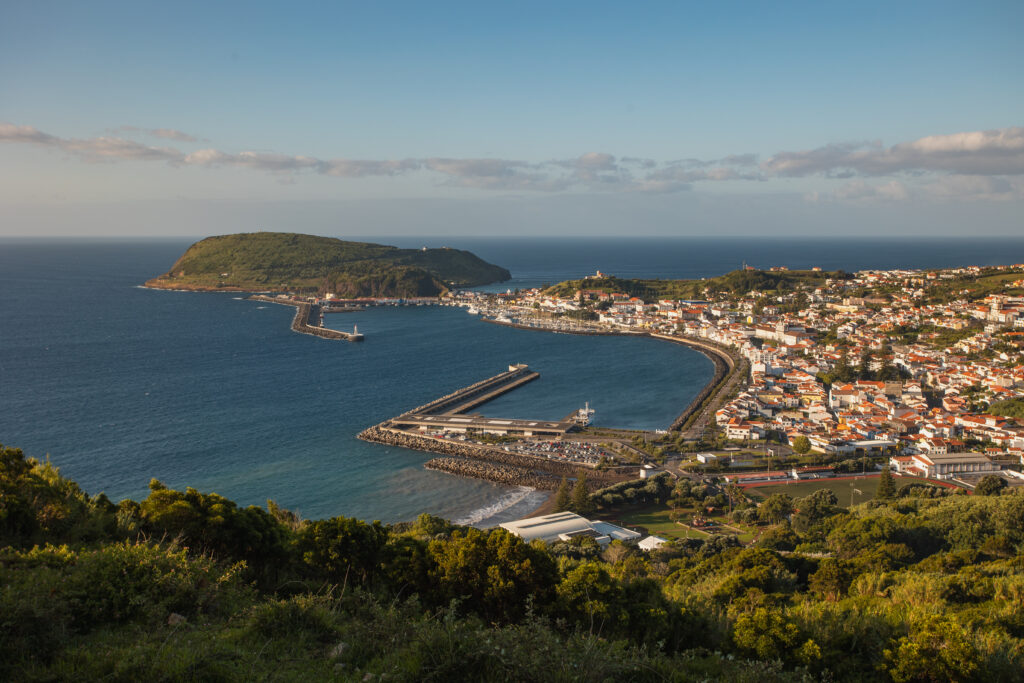
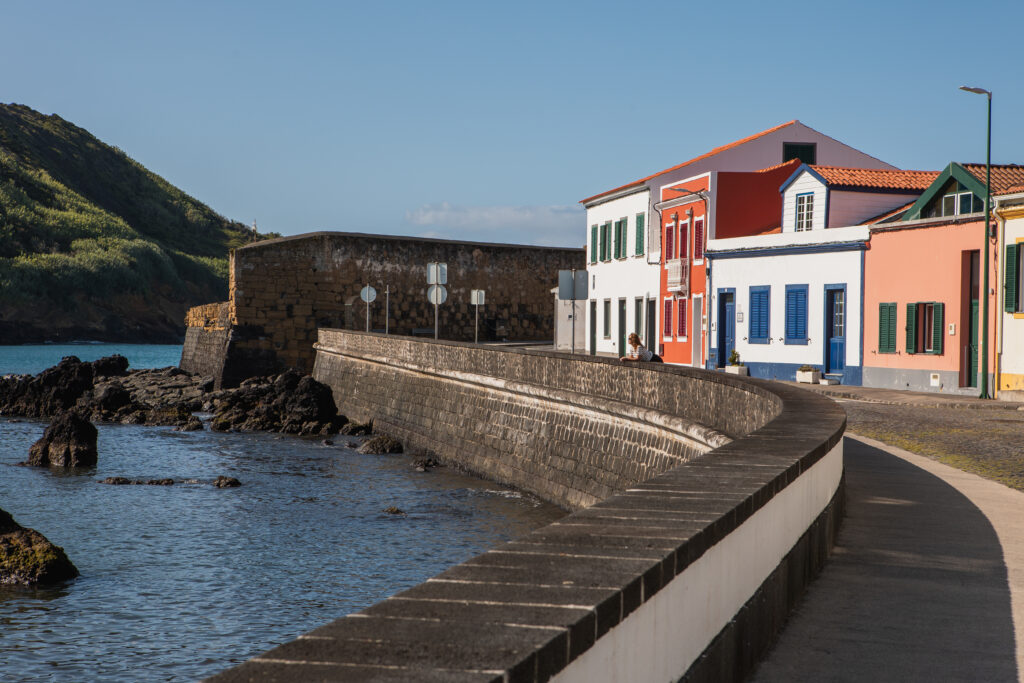
Fort of São Sebastião
The ship “Nossa Senhora da Luz,” which departed from Goa in February 1615, shipwrecked near Porto Pim Bay, where it intended to seek shelter and restock its supplies when it arrived in November of the same year. It is estimated that approximately 150 people died. Given the importance and value of its cargo, the Crown organised a massive operation to retrieve it. Until the mid-19th century, the fort was known as “Castelo da Cruz dos Mortos” (Castle of the Cross of the Dead), as there stood a cross which defined the area for the priests of the Main Church to retrieve the bodies of the shipwreck victims.
Download the brochure for more information
Porto Pim Bartizan
Porto Pim Bay, where the original port of Horta was located, has been fortified with defensive installations since the 17th
century, which crossfired with each other to prevent the approach of enemy vessels. Right at the entrance, to the west of the bay, stood the Porto Pim Bartizan, a structure that can still be admired today.
